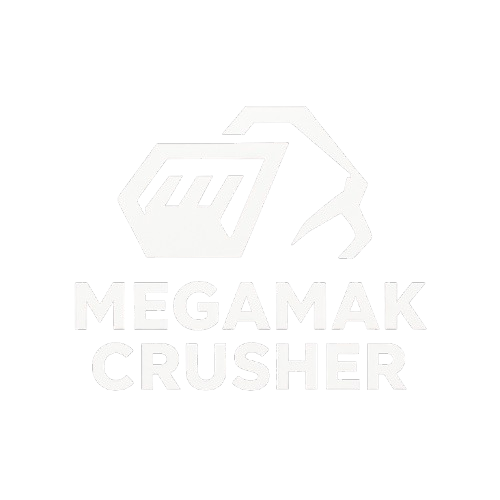Preventive Maintenance Tips to Maximize Crusher Uptime
Routine maintenance ensures stable production, longer machine life, and fewer costly breakdowns. Daily inspections, proper lubrication, and timely replacement of wear parts can increase uptime by up to 30%.
Using temperature and vibration monitoring helps detect early signs of wear, while keeping detailed maintenance records allows for predictive planning — turning maintenance into a profit booster.
Preventive Maintenance Tips to Maximize Crusher Uptime
Preventive maintenance is the cornerstone of a reliable and high-performing crushing operation. Properly maintained crushers not only operate more efficiently but also have a significantly longer service life and reduced risk of costly unplanned downtime. Implementing a structured maintenance program ensures your plant runs smoothly, minimizes operational disruptions, and protects your investment.
Daily Inspections are essential for detecting issues before they escalate. Operators should conduct a visual inspection of the crushing chamber, feed hopper, conveyors, and screens to identify blockages, abnormal wear, loose bolts, or material build-up. Monitoring wear parts such as jaw plates, cone liners, and impact hammers is critical, as worn components can reduce throughput and increase energy consumption.
Lubrication is another critical component of preventive maintenance. Bearings, gears, and other moving parts require proper lubrication to function efficiently. Following manufacturer recommendations for type and frequency of lubrication helps prevent overheating, mechanical failure, and excessive wear. Using clean, high-quality lubricants ensures that bearings and other critical components remain in optimal condition.
Scheduled Wear Parts Replacement is vital for maintaining crusher performance. Jaw dies, cone liners, blow bars, and screen panels should be replaced according to manufacturer guidelines or based on observed wear patterns. Replacing wear parts proactively prevents unexpected breakdowns and maintains consistent product quality. Keeping a stock of essential spare parts reduces downtime and allows maintenance to be performed efficiently.
Monitoring Equipment Health through temperature and vibration analysis provides an early warning system for potential issues. High temperatures or unusual vibration patterns often indicate misalignment, bearing wear, or lubrication problems. Many modern crushers can be fitted with sensors that provide real-time data, allowing operators to make informed decisions and schedule maintenance before failures occur.
Record-Keeping and Data Analysis are integral to an effective preventive maintenance program. Logging operating hours, throughput, maintenance activities, and observed anomalies helps identify patterns and predict when interventions are needed. Data-driven maintenance not only reduces the likelihood of unexpected failures but also optimizes resource allocation, reducing labor and material costs.
Training and Operator Awareness are equally important. Well-trained operators can recognize early signs of trouble, understand proper startup and shutdown procedures, and ensure that maintenance protocols are followed consistently. This proactive approach fosters a culture of reliability and efficiency throughout the operation.
In summary, preventive maintenance transforms crusher operation from reactive troubleshooting to proactive management. By combining daily inspections, proper lubrication, timely wear parts replacement, real-time monitoring, and thorough record-keeping, operators can maximize uptime, improve safety, and optimize performance — ultimately increasing productivity and lowering operational costs.
